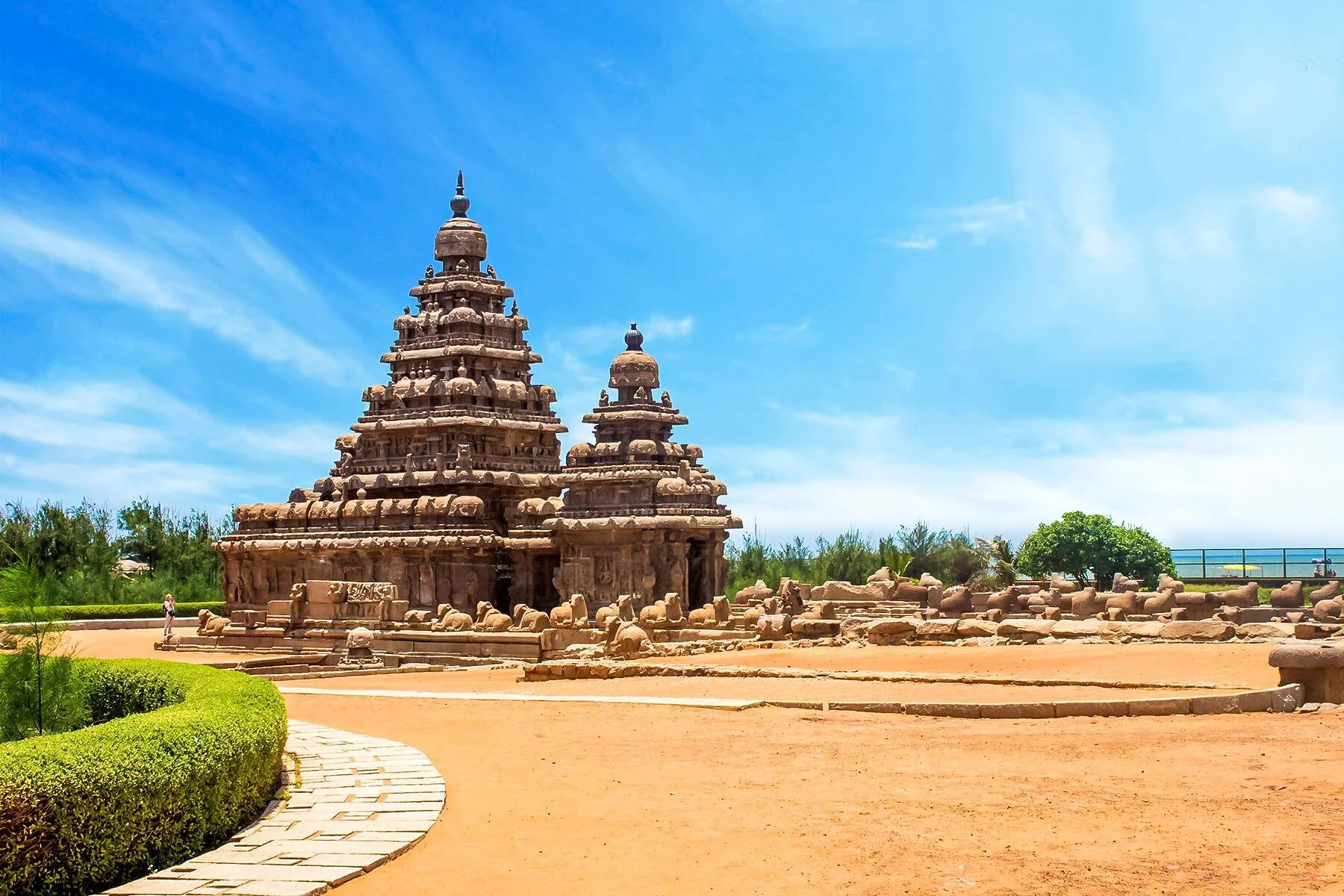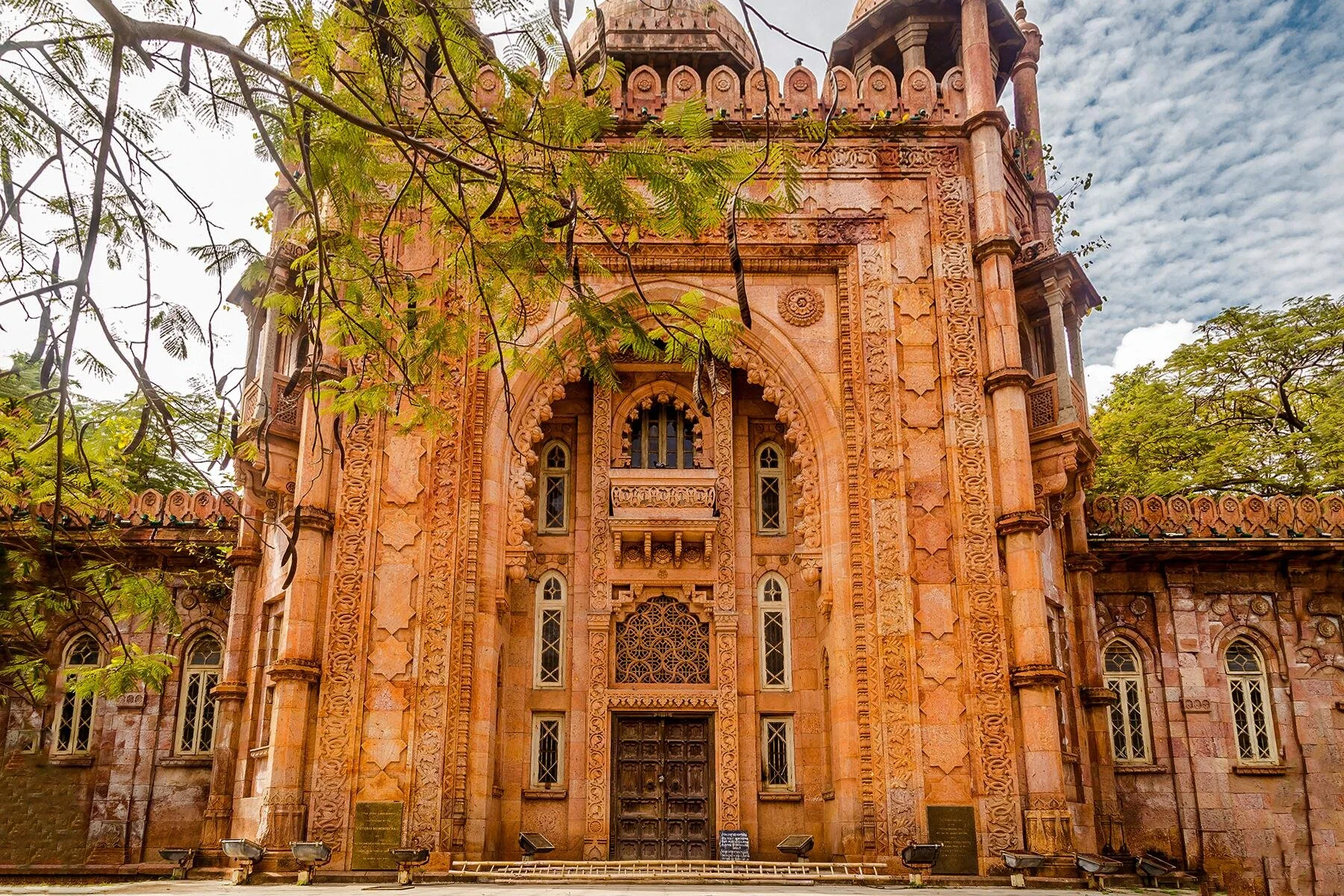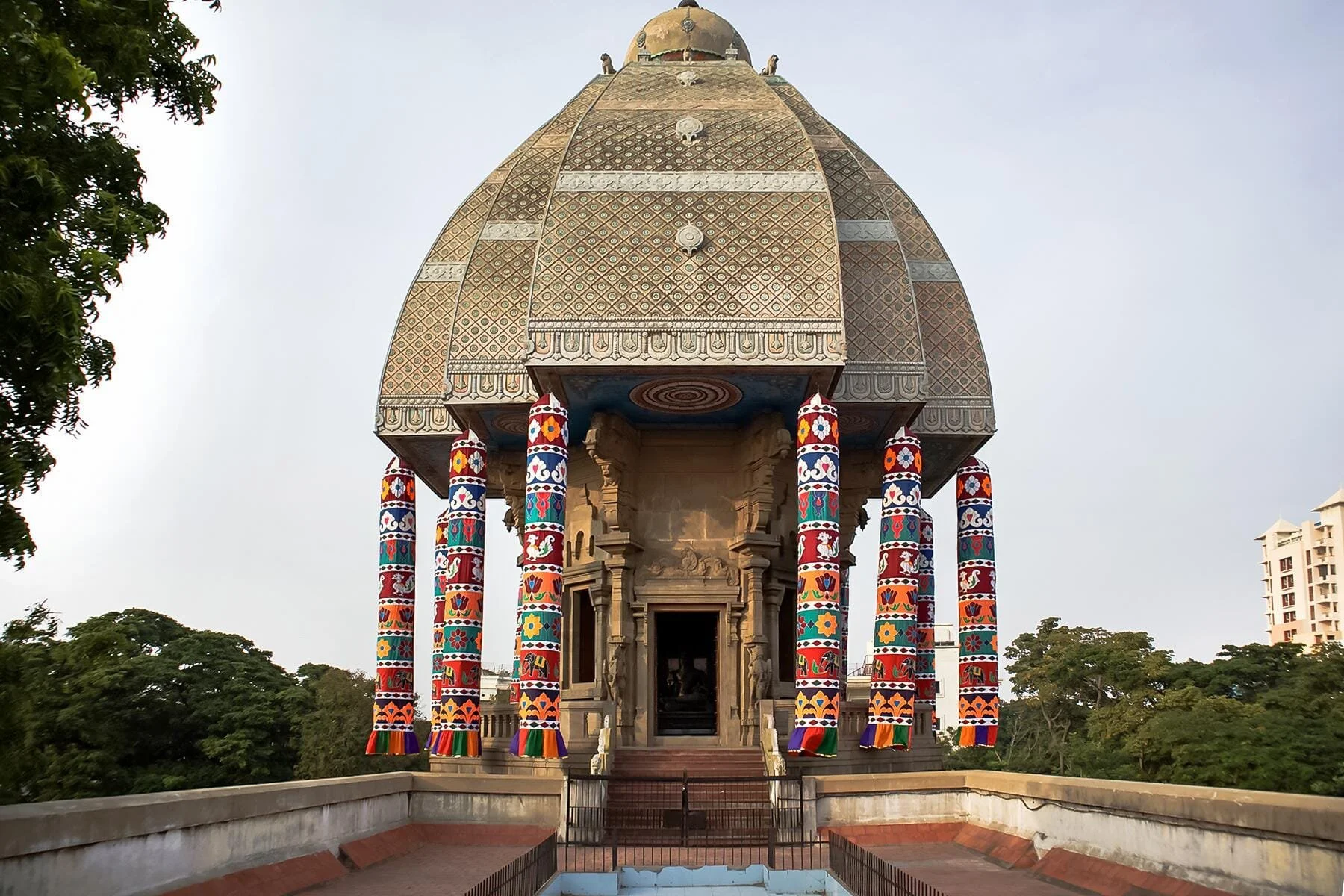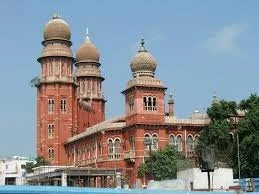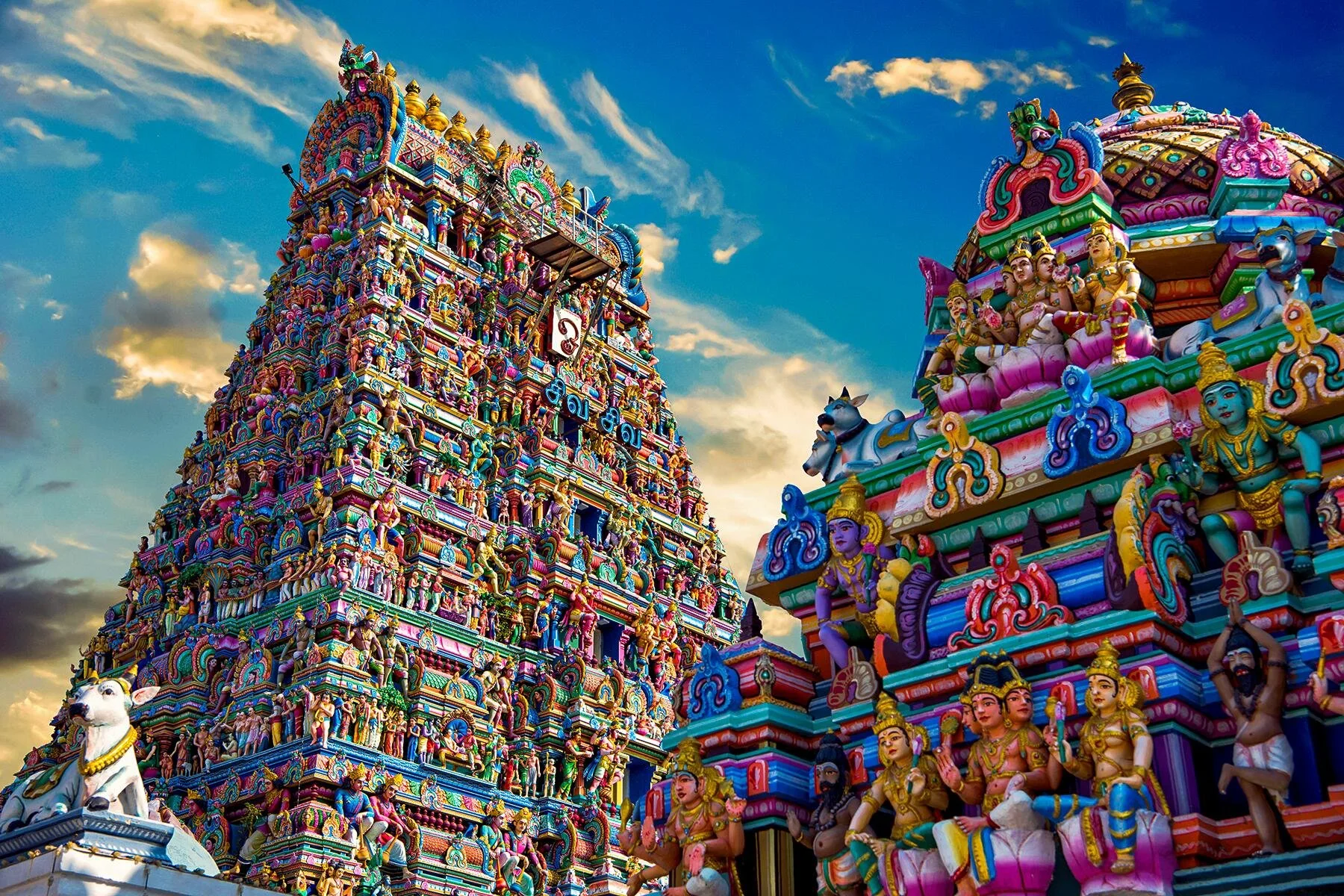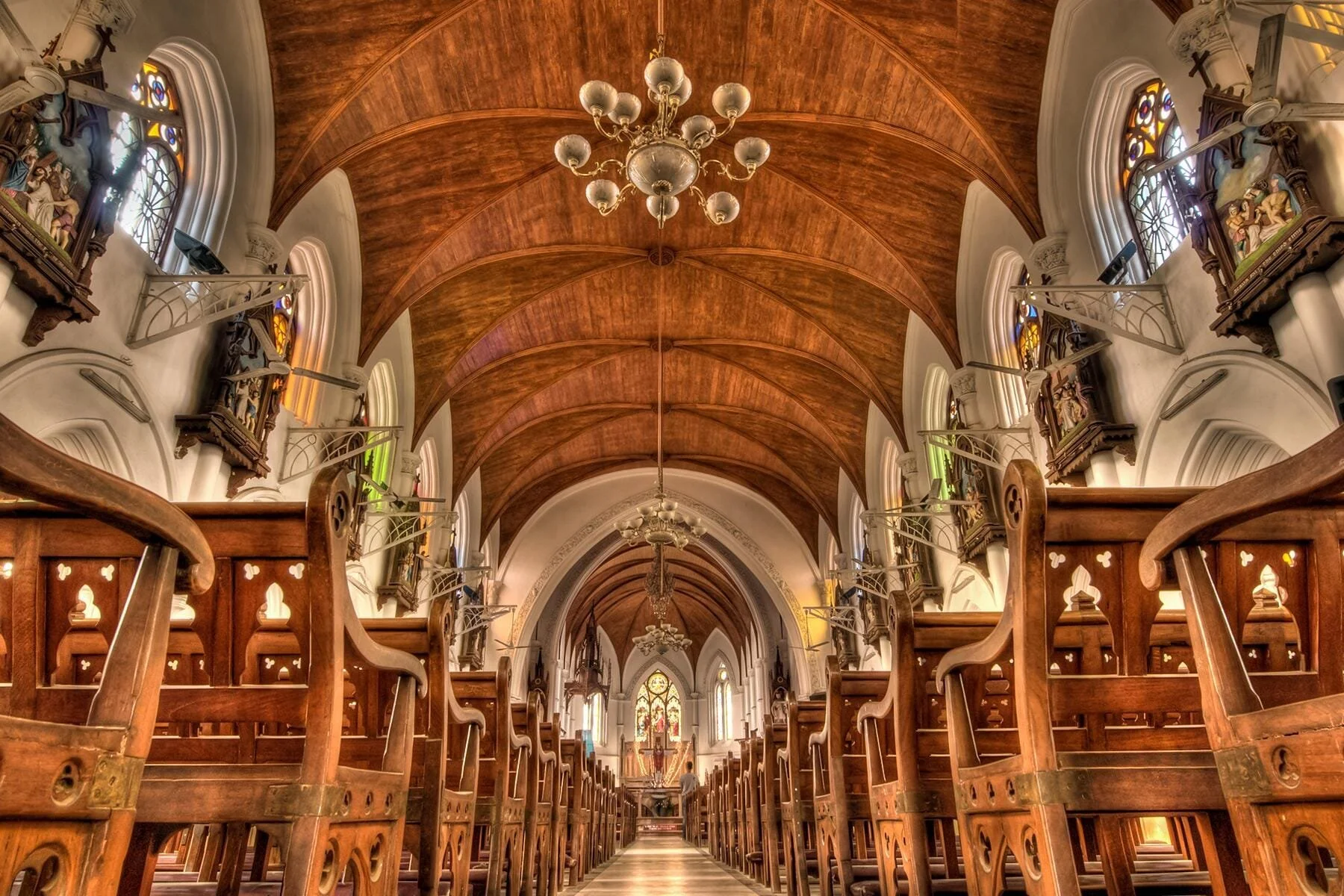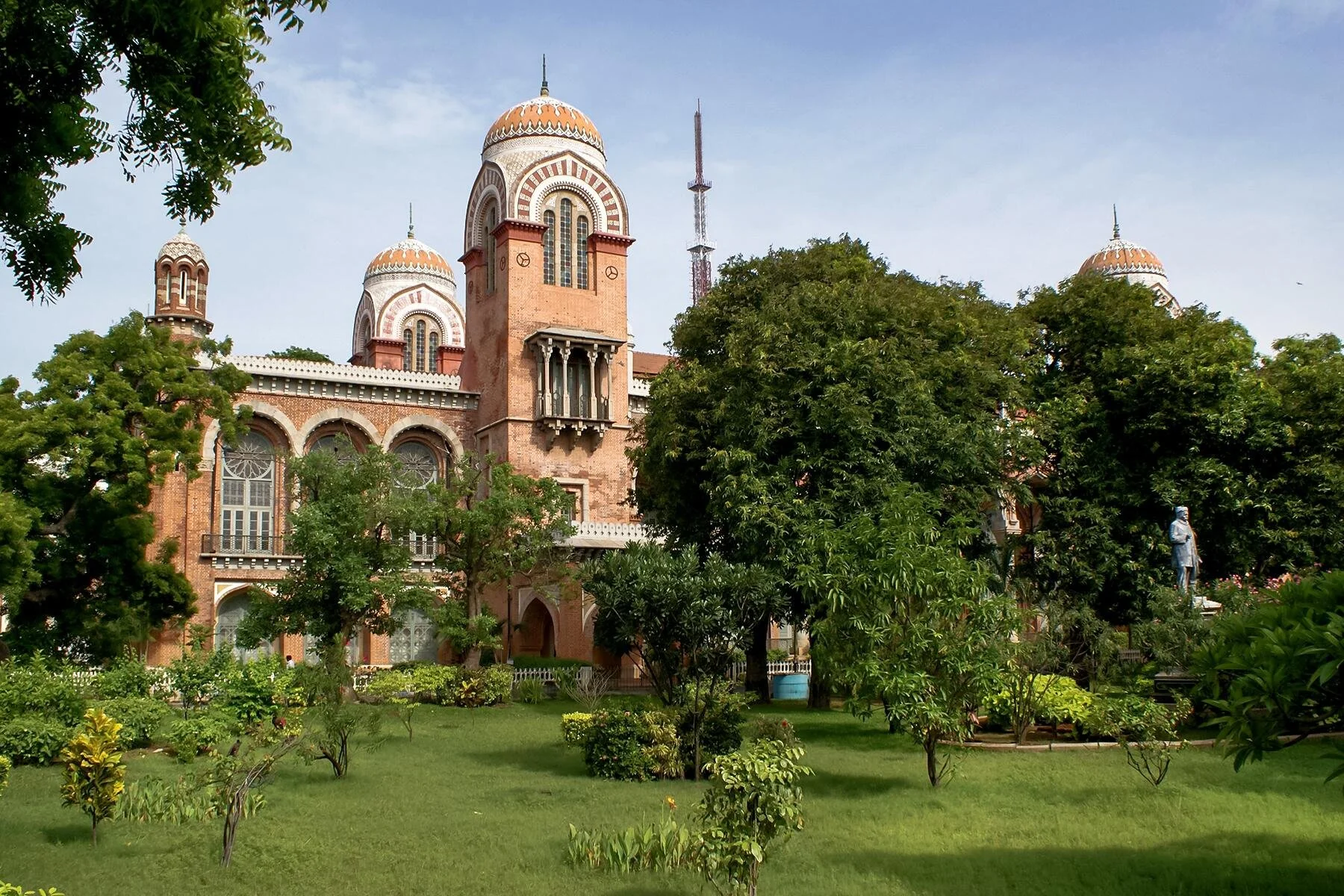Chennai – Capital for Food, Culture & the Joy of Tradition
Chennai, the soul of Tamil Nadu, is a city where heritage, hospitality, and food are woven into everyday life. Known for its rich culture, vibrant festivals, and warm-hearted people, Chennai has always celebrated the art of sharing meals as a way of bringing people together.
Food is central to this spirit. From the humble comfort of Idli with Sambar to the crisp perfection of Dosa with Chutneys, from fragrant Biriyani to the bold Kothu Parootas and halal Chicken Curry options, every dish reflects generations of tradition. Meals are often served on banana leaves, symbolizing purity and respect, while freshly ground spices bring an unmatched depth of flavor.
Chennai is also a proud guardian of arts, music, cinema, literature and culture. Dance, music, and food are part of a daily life. Festivals like Deepavali, Eid & Christmas highlight the joy of family, food, and celebration.
At the heart of it all is hospitality. In Tamil tradition, guests are considered family, and a meal is incomplete unless shared with love. One of the most cherished customs is eating with your fingers. Far from being unusual, it is a mindful practice that engages touch, enhances flavor, and creates a deeper connection to the food.
At Kaayal Eats, we warmly invite you to experience this tradition. While spoons and forks are always available, we encourage you to try dining the Tamil way — with your fingers — for a truly authentic Chennai experience. It’s not just about eating; it’s about savoring food with all your senses and discovering the joy of culture on every plate. Explore our menu and let your taste buds travel home to Tamil Nadu.”
When: 7th century
About 35 miles south of Chennai, along the Coromandel Coast, lies the historic town of Mahabalipuram or Mamallapuram or, colloquially, as “Mahabs.” The town is home to a UNESCO world heritage site that features stunningly sculptured rock reliefs, cave sanctuaries, chariot temples and the Shore Temple dating back to the 7th century, and is a visual delight. You can reach the temple complex from Chennai by taxi/rental car or by taking an inexpensive bus to Mamallapuram town. Another good option would be to take a local train to Chengalpattu station around 15 miles away, followed by a taxi.
Mahaballipuram - Mahabs
When: 1851
The Government Museum, established in 1851, is spread out over the 16-acre Pantheon Complex, where you’ll find a bunch of buildings including the Museum Theatre, Bronze Gallery and Contemporary Art Gallery. There are grander museums in the world, but it’s worth visiting to appreciate the varied architectural styles within the complex, such as the remarkable Italianate-style Museum Theatre and the Indo-Saracenic façade of the National Gallery of Art. What a lot of people don’t know is that the country’s second-oldest museum also houses the largest collection of Roman antiquities outside of the European continent, from way back when seafaring Romans landed in the Indian peninsula during the reign of Emperor Augustus.
Chennai Museum
Valluvar Kottam is a site of cultural significance that was erected in 1976 to commemorate Thiruvalluvar, widely regarded as the greatest Tamil poet and philosopher. While little is known about his life- he is said to have been born sometime between 4th and 1st century BC—his legacy continues to be celebrated to this day. His magnum opus, the Tirukkural– which translates to Sacred Verses—consists of 1,330 couplets focusing on leading a life of virtue in the context of ethical, economic and political affairs.
The main hall of Valluvar Kottam has each of these 1,330 couplets inscribed on its surface, and the monument’s most striking aspect is the ornate 128-foot replica of a temple chariot containing a life-size statue of Thiruvalluvar.
Valluvar Kottam
When: 1892
You couldn’t find a better example of exquisite Indo-Saracenic architecture than the Madras High Court, sprawled out over 107 acres of land and complete with two lighthouses. It was designed by JW Brassington and completed in 1892 by famed British architect Henry Irwin who is said to have been influenced by Robert Chisholm. The complex offers a heady mix of domes, minarets, and stained-glass windows, and the view from atop the dome overlooking the campus is spectacular. There’s also a museum that you can visit.
While you’re there, head out and explore the historic George Town neighborhood. It was the site of the earliest settlement from where the city of Madras grew, and the first English fortress in India—Fort St George—is located here. You’ll find bustling markets selling everything from textiles to electronics, as well as a mix of diverse architectural styles.
Chennai High Court
When: 7th-8th century
Chennai is home to numerous Hindu temples that trace their origins as far back as the Pallava dynasty in the 7th and 8th centuries. Among the most famous and oldest of these are the Kapaleeshwarar Temple, constructed in Dravidian-style architecture featuring an ornate gopuram or entrance tower, and the Parthasarathy temple, where the 7-day Teppothsavam or float festival takes place every year.
While everyone’s welcome to visit, just remember to dress modestly and remove your shoes before entering a temple.
Kapaleeshwarar Temple
When: 16th century / 1893
Portuguese colonial rule in India lasted from the turn of the 16th century until 1961, although it was largely confined to isolated colonies for much of that time. In Chennai, Portuguese explorers constructed the St. Thomas Cathedral Basilica or Santhome Church in the 16th century. Legend has it that the church was built over the tomb of Saint Thomas. According to Christian tradition, the Santhome Church is one of only three churches in the world—the others being Spain’s Santiago de Compostela Cathedral and St Peter’s Basilica in the Vatican—that stand on the tomb of an apostle of Jesus. In 1893, it was rebuilt by the British as an all-white neo-Gothic cathedral that continues to function today.
Other prominent sites include Luz Church, which was the first church built by the Portuguese; the Armenian Church; and St Thomas Mount, where Saint Thomas is said to have been martyred.
Santhome Church
Senate House
When: 1879
The Senate House is beautiful, particularly in its myriad details such as the exquisitely designed domes with stained-glass windows, and graceful porticos. It’s a classic example of colonial Indo-Saracenic architecture that Chennai is known for, pioneered by British architect Robert Chisholm, which incorporates Hindu, Mughal and Gothic styles. The building also features Byzantium architectural elements in its design. It was completed in 1879 and is presently located within the University of Madras campus.


